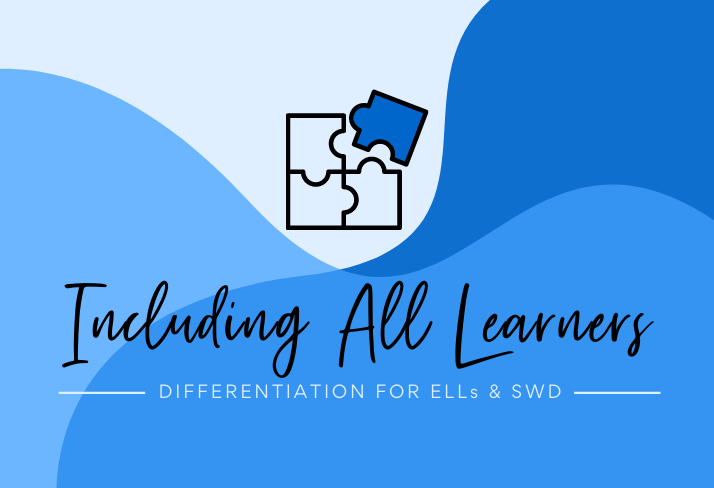|
How do we decide which words to teach our students?
In Including All Learners, a course I co-teach with my colleague Jacqui Stolzer, we design our content based on the questions we wonder about as teachers. One that comes up often is: How do we decide which words to teach our students? Asking this question challenges us to think about how to focus our instructional time, and nudges us to be more purposeful in designing our curriculum.
Understanding tiered vocabulary
One of the ways we decide which words to teach is by using the tiered vocabulary concept developed by Dr. Isabel Beck. Beck thinks of vocabulary words as belonging to one of three categories:
While it is interesting to group words into these three categories, how does this practice impact our instructional decisions?
Narrowing your focus
When designing lessons and prioritizing instructional time, it may be helpful to consider which tiers and key terms are worthy of classroom instruction. As we can see above, Tier 3 words are easy to identify; these are the words that we need to teach in order for students to understand a particular concept. For example, in an ecosystem unit of a Living Environment course, words such as “abiotic” and “biotic” are Tier 3 words that are necessary terms in the unit; they are the specific words used to identify non-living or living parts of an ecosystem. In a sense, Tier 3 words are easy to determine in a curriculum because they are entwined with concepts in a particular unit. Tier 2 words, however, are often not taught explicitly since the assumption is that students already know what they mean. It’s the Tier 2 words that need extra attention in our classrooms. These are the words to spend time teaching and modeling for your students. What this looks like will vary depending on your grade level and content area.
Modeling for your students
Consider a Tier 2 word such as analyze. Most students are familiar with that word by the time they reach middle school, but what does it really look like in math or science or English? When students are asked to analyze a text, it’s helpful for teachers to model this work, demonstrating the pieces of a text analysis and sharing the tools students need to analyze a text on their own. Think about all the steps that are imperative for analyzing a text. If I were modeling how to analyze a passage, I might:
Analysis can change shape depending on the class — in science, analyzing lab data might look different from analyzing a passage in English. But in both cases, dedicating instructional time to demonstration of the term will help strengthen students’ skills, giving students access to academic thinking and language.
Tiered vocabulary can help you classify key terms for your grade level and content area, and as a result, make instructional decisions that hone in on teaching new or unfamiliar words for your students. Finding a balance between content-specific, Tier 3 words and more general academic terms like those in Tier 2 can help narrow your focus and increase student comfort with the words they encounter in your classroom.
|
|
The Center for Professional Education of Teachers (CPET) at Teachers College, Columbia University is committed to making excellent and equitable education accessible worldwide. CPET unites theory and practice to promote transformational change. We design innovative projects, cultivate sustainable partnerships, and conduct research through direct and online services to youth and educators. Grounded in adult learning theories, our six core principles structure our customized approach and expand the capacities of educators around the world.
|
ABOUT US
525 West 120th Street, Box 182 New York, NY 10027 416 Zankel Ph: (212) 678-3161 [email protected] Our Team Career Opportunities |
RESOURCES
Professional Articles Ready-to-Use Resources Teaching Today Podcast Upcoming PD Opportunities |
COACHING SERVICES
Custom Coaching Global Learning Alliance Literacy Unbound New Teacher Network Student Press Initiative |


























